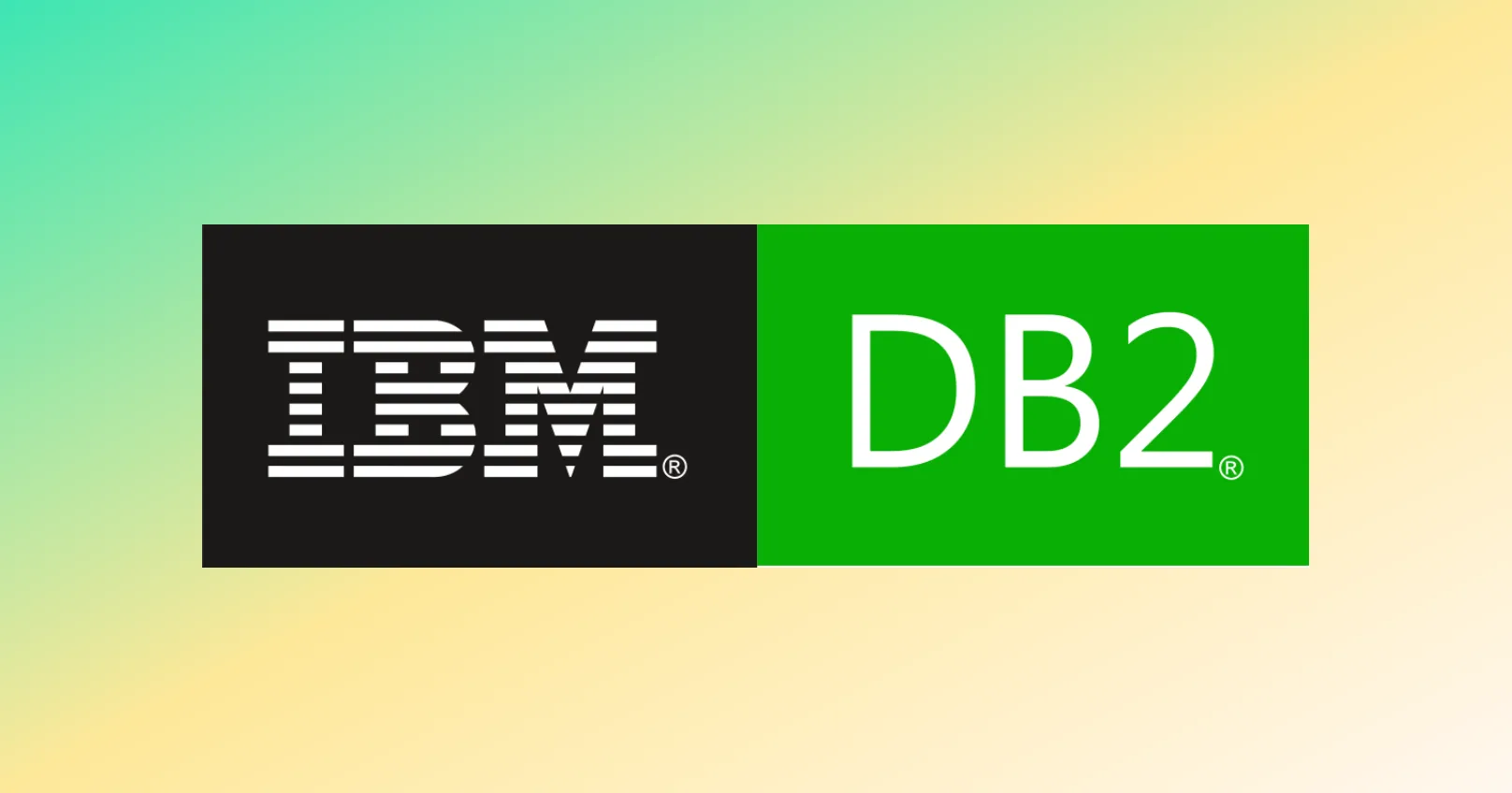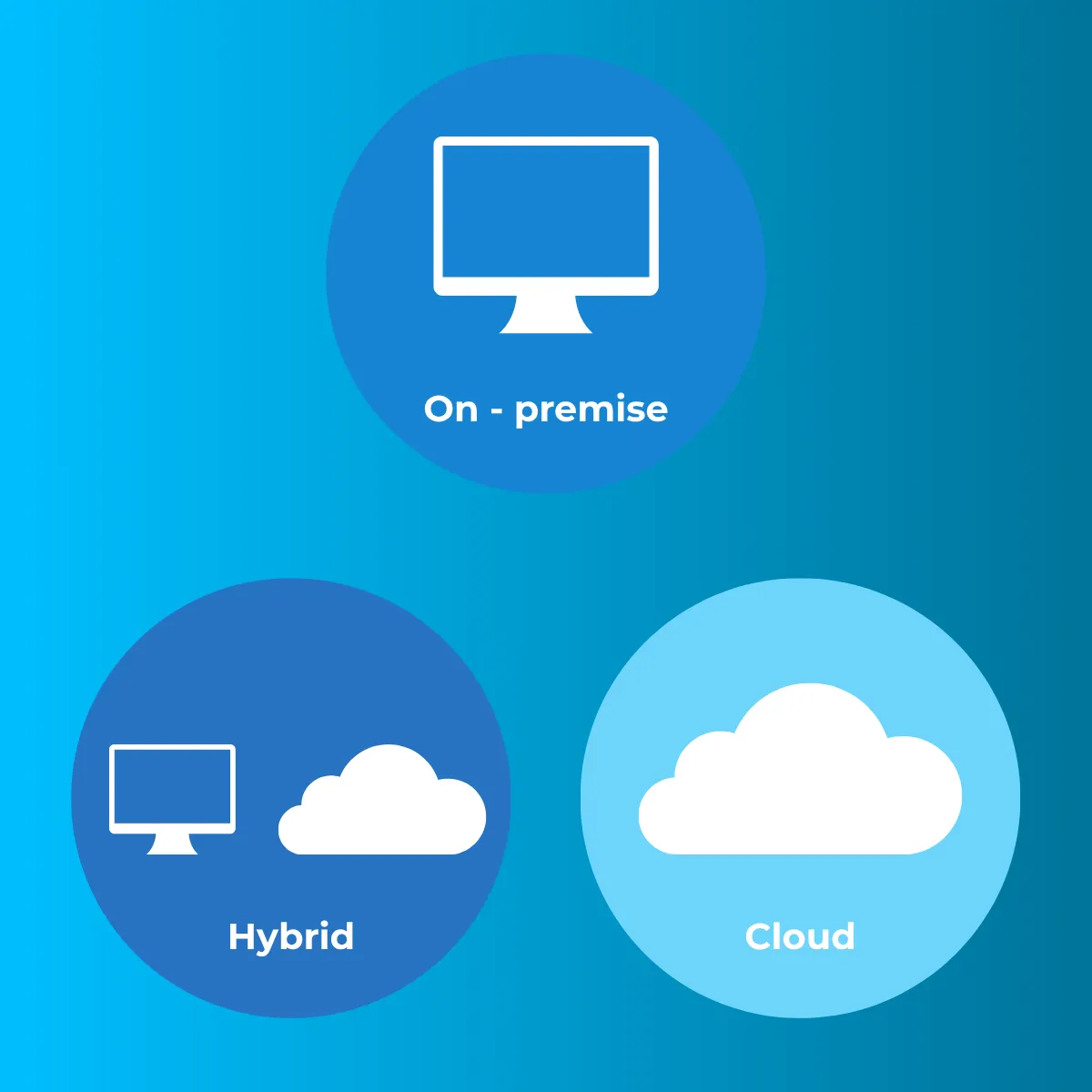Why organizations choose Db2?
IBM Db2 is often selected for applications where data reliability and uptime are critical. Its architecture is built around high availability, ensuring that essential systems continue to perform even under heavy transactional loads or infrastructure changes.
The database supports both transactional and analytical workloads, making it versatile for organizations that need to manage real-time operations as well as long-term reporting and insights.
Companies also value the strong
integration between Db2 and IBM’s wider ecosystem — including tools like Cognos Analytics, DataStage, and IBM Power Systems — which helps create consistent data pipelines and
governance.In Belgium, Db2 remains widely used in sectors where continuity, compliance, and security are non-negotiable, such as finance, government, and industry.


